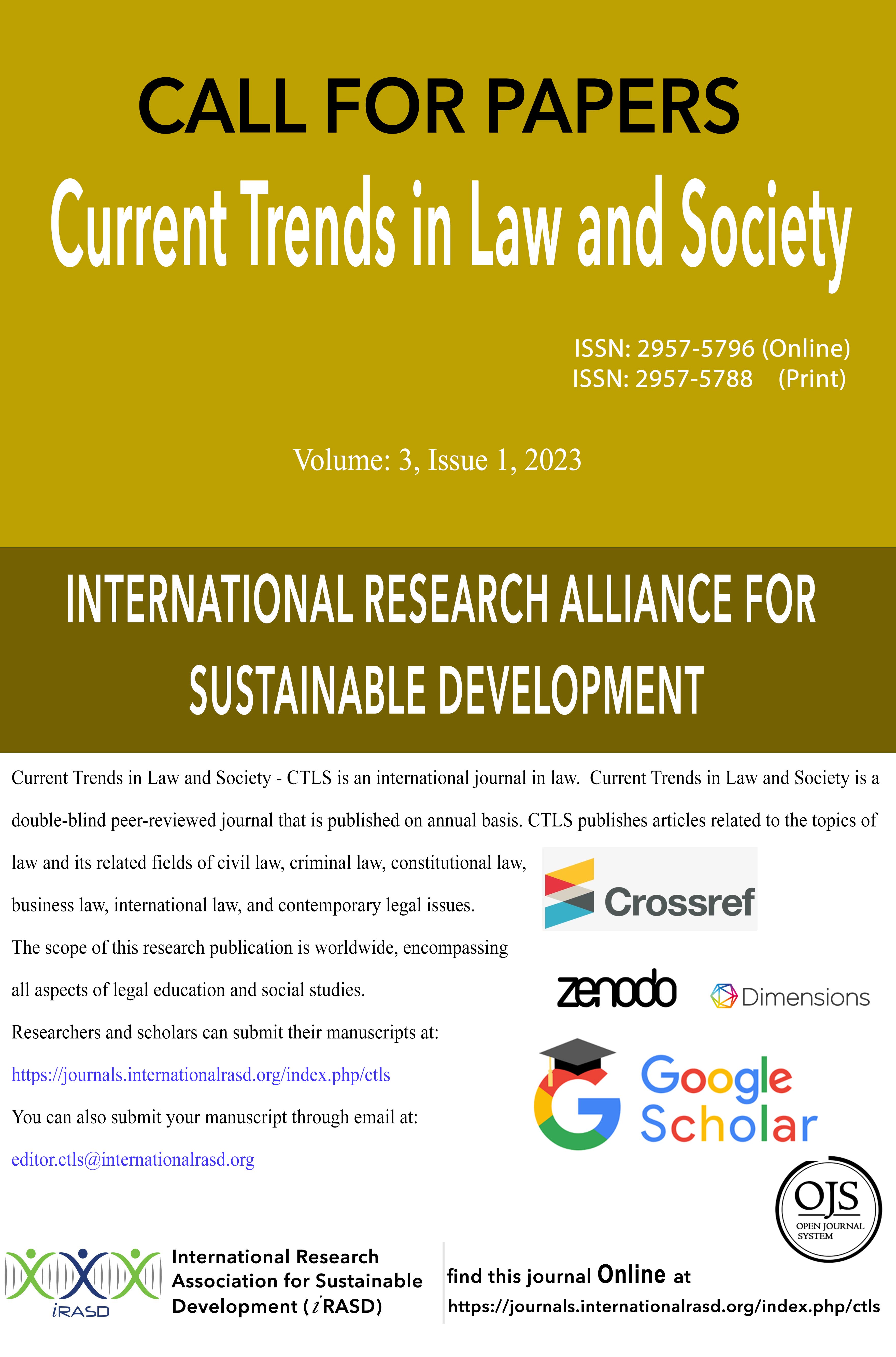Internally Displaced Persons: Rights, Implementation, and the Way Forward in Pakistan
DOI:
https://doi.org/10.52131/ctls.2024.0401.0027Keywords:
IDP, IHL, Refugee, Refugee LawsAbstract
Pakistan currently has one of the highest numbers of internally displaced persons in its territory. There are many reasons why more and more people are being displaced each year. This paper will discuss in detail the condition of those IDPs who attained such character because of violence or war. It further goes on to describe the legal framework for IDPs. Apart from UN Guiding Principles and constitutional guarantees, there is no specific law that deals with IDPs. The Study suggested that the authorities should provide them with all their basic needs and work tirelessly to make their return to their homelands possible. Furthermore, the paper will analyze the challenges faced by IDPs in accessing education and employment opportunities, which further hinder their ability to rebuild their lives. Additionally, it will explore the importance of international cooperation and humanitarian aid in addressing the needs of IDPs and finding durable solutions for their displacement.
Downloads
Published
How to Cite
Issue
Section
License
Copyright (c) 2024 Khurram Baig, Muhammad Shahid, Rehman Akhtar, Jibran Jamshed

This work is licensed under a Creative Commons Attribution-NonCommercial 4.0 International License.







